Who would ever have guessed that vinyl would make such a massive comeback? Both collectors and hardcore music enthusiasts prefer to buy vinyl rather than listen to digital music streaming services due to the unique sound. But that begs the question: since the distinctive sound is so essential, should you use active or passive speakers to listen to your vinyl records?
Vinyl records generally sound better on passive speakers with a separate amplifier. This is only really true if you have high-quality passive speakers and an excellent amp, though. Powered speakers usually have slightly lower quality, and since vinyl is all about the sound, you should get the best.
The answer isn’t necessarily as clear-cut as that. High-quality active speakers will be better than low-quality passive speakers and amps.
With all the variables involved and the fact that most people misunderstand what active and passive speakers really are, it’s crucial to look at the question more closely before spending money on a set of speakers and an amp.
Are Active Or Passive Speakers Better For Vinyl?
To answer this question, let’s first ensure that we are on the same page about the fundamental differences between active and passive speakers.
Passive Speakers
Passive speakers are the older type of speakers that don’t have their own power source. If you were to connect them to a vinyl turntable directly, you would hear little or no sound since they need a powered amplifier before producing any sound.
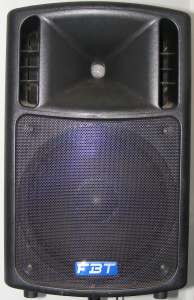
There are turntables with built-in pre-amps, so these will also work with passive speakers to some extent.
Active Speakers
Active speakers, also known as powered speakers, connect to a power outlet and have built-in powered amplifiers. These amps will amplify the sound of any turntable enough for it to be clearly heard without the need for any add-on devices like external amplifiers.
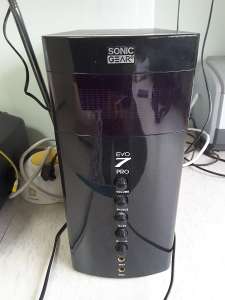
Modern active speakers are the ones with built-in USB ports and Bluetooth connectivity that you often find at parties.
Using Active Speakers For Vinyl
Now that we’re clear on the different aspects of active and passive speakers let’s look at what active speakers will do for your vinyl records. Active speakers have several significant advantages over passive speakers, all because of one aspect: their built-in amplifiers.
Active Speakers Are Convenient
It couldn’t be simpler. There are no complicated setup processes or configurations required. You simply plug the speaker into the wall socket and connect your device (in this case, your turntable).
The speaker works, and you can listen to your music. That’s why active speakers are so popular with DJs and other performers; they simply work.
Active Speakers Take Up Less Space
If room space is a concern, as it is for much of the world’s population, active speakers are best. The fact that you can get an active speaker of almost any size and power rating without buying any additional equipment like amplifiers is a considerable advantage for many people.

When you consider that the one speaker can serve multiple purposes, like using it for your computer, TV, listening to the radio, or even playing music from your phone or a USB flash drive, it makes even more sense in terms of space.
Active Speakers Cost Less
Though an active speaker costs more than a passive speaker by itself, it also costs less because passive speakers need external amplifiers to work correctly. When you consider the cost of a dedicated amp, an active speaker could potentially save you hundreds of dollars.
Active Speakers Are Optimized
Any electronic devices that are designed to work together will cooperate better than separate devices that are forced to cooperate. In this regard, active speakers are usually perfectly assembled to match a suitable amplifier unit with the correct speaker set, ensuring that they offer the best output possible.
Active Speakers Usually Have Lower Sound Quality
Though there are exceptions to this rule, active speakers tend to have lower quality than passive speakers. This doesn’t have to do with the speakers as much as with the amplifier. Building such a small amplifier into a box the size of a speaker will, out of necessity, sacrifice some quality and functionality.

There are excellent active speakers out there. Some powered speakers even have spectacular sound quality. But these speakers tend to make sacrifices in terms of other advantages, like size or price, in favor of better quality. If you can find one of them that fits your budget, it will be a great speaker for your vinyl listening pleasure.
Active Speakers Can Be Horrible At Stereo
Most active speakers are single, stand-alone devices. Yes, you get some of them that can connect a second speaker for stereo, but again, these usually cost more, and the stereo may or may not work as it should.
You Have Fewer Settings With Active Speakers
You will want to adjust some knobs on an equalizer to get the best audio quality. Many active speakers have very few options to tune and control the quality of the sound coming from them.
This is yet another sacrifice that the manufacturers make to ensure that the amp can fit comfortably in the small space of the speaker box.
You Have Less Choice With Active Speakers
If you are a self-declared audiophile, you will probably like to play around with different setups and configurations to see what gets you the best possible sound combinations. Active speakers become an expensive way for audiophiles to listen to music since replacing the speakers means replacing the amplification, too.
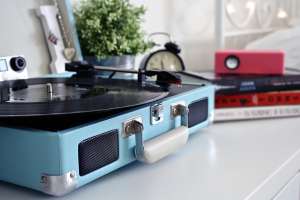
In fact, all true audiophiles should probably stay away from active speakers entirely. The lack of control and variation will leave you frustrated with the sub-standard sound quality.
Using Passive Speakers For Vinyl
Passive speakers offer a complex combination of advantages and disadvantages, which is why many performers prefer active speakers. The absence of a built-in amplifier can be both a blessing and a curse for passive speakers.
Passive Speakers Are Inconvenient
You can’t simply plug them into a wall socket and connect your device; they require more setup and configuration because they rely on some form of external amplifier, either as a part of a Hi-Fi system or built into a turntable or a completely separate unit. You usually end up with wires all over the place that you have to tuck away to make the area look neater.
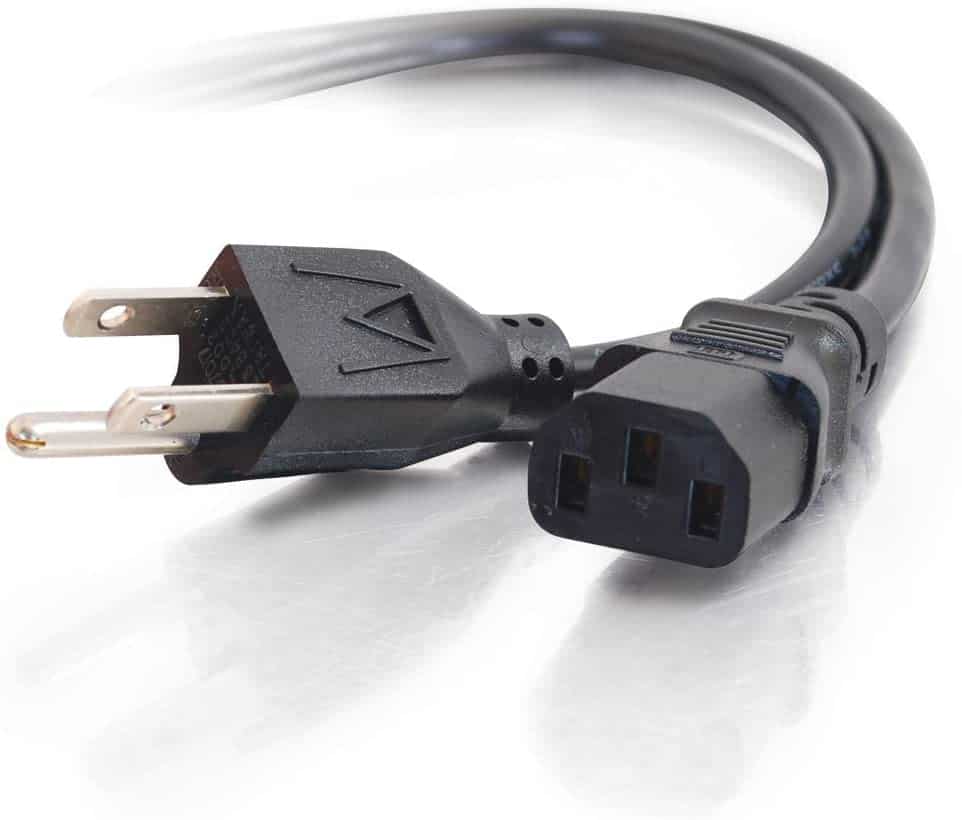
Yes, there are wireless passive speakers, but they still require some kind of power supply and usually a Bluetooth connection, which doesn’t make them simple or convenient to set up; plus, they typically cost more.
Passive Speaker Setups Take Up More Space
By their very nature, passive speakers take up more space than active speakers due to the necessary addition of an external amplifier. The cables are also a factor, and especially if you’re going for better stereo or surround sound, you will end up with bundles of wires lying around that you must find a hiding spot for under a skirting board or carpet.
Vinyl records themselves also take up a lot of space. Though the packaging is thin, their physical diameters mean that you need a lot of dedicated space to keep all of your records. When you add the size of a dedicated amplifier or Hi-Fi system, this could clutter up your room or living area considerably.
A Passive Speaker Setup Could Cost More
The speakers themselves are often cheaper than active speakers, but that doesn’t take the external amplifier into account. A good amplifier can easily set you back a few hundred dollars, depending on the quality. When you combine that with the price of active speakers, it seems like a very negative thing.
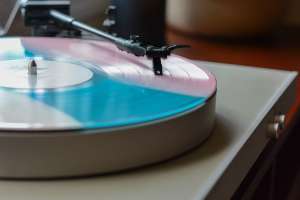
Vinyl recordings are already more expensive than their digital counterparts due to their popularity and their “limited edition” aspect. You must decide if the added price of an amplifier with passive speakers would make enough of a difference to be worthwhile for you.
Passive Speakers Usually Have Better Sound Quality
The fact that manufacturers don’t have to concern themselves with building the amp in there leaves them free to focus on the most important thing: the quality of the speakers. They have an entire speaker cabinet’s worth of space to work with to get the best speakers with the best possible configurations.
Similarly, those who manufacture the amplifiers can focus solely on designing and building the best amplifiers they possibly can. They can make these amplifiers as big or as small as they want to without sacrificing anything. If something can improve the sound, they can put it in there.
Though these speakers and amplifiers aren’t always configured to work together like active speakers are, getting high-end versions of each will ensure excellent sound quality, and you can even opt to get the same brand of speakers and amplifiers.
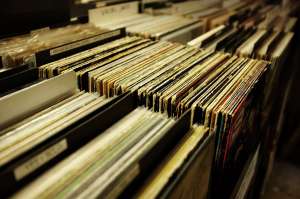
This is the crucial point for anyone who’s serious about their vinyl collection. If you go through the time and effort to listen to vinyl, it means that the particular sound you get from vinyl records is important to you, and the best way to enjoy that is with an excellent set of passive speakers and a high-quality amp.
You Can Better Fine-Tune Your Sound
The dedicated amplifiers that you use with passive speakers often have full equalizers built-in. That means you can set the tone, stereo balance, and many more features right there on the amp. Each song or genre usually requires different settings.
Especially if you want to listen to older vinyl records, you may want to tweak some of these settings to get rid of some of the background noise and hissing that’s often associated with them. Dedicated amps will enable you to do so to your heart’s content.
Passive Speaker Setups Are Easier To Adapt And Maintain
Replacing an active speaker is a pain since it involves replacing everything. Passive speakers are different. If a speaker dies, simply get a new one and plug it in there since the speaker units are so inexpensive.
If you are tired of a particular set of speakers, or you simply want to try out a different set to see what kind of sound they will give you compared to the others, you can simply do so by connecting them to the amplifier.
Passive speaker setups allow you to mix and match different brands and speaker models, which active speakers can’t do. Audiophiles love this aspect of passive speakers and will play around with different configurations and options endlessly to get the best possible sound out of their vinyl records.
So Which Is Better For Vinyl, Active Or Passive Speakers?
Most people listen to vinyl for one of two reasons:
- They have a collection of old vinyl recordings that they like to listen to or would like to hear again. Perhaps some of these recordings can no longer be found in digital media, and the only way that they can listen to them is on vinyl.
- They love the unique sound that vinyl creates. Digital music often has layers upon layers of lossy compression, which means that some of the “unimportant” sounds are stripped away to make the file sizes smaller. Vinyl doesn’t have this compression, which adds a certain warmth and uniqueness to vinyl recordings that digital often lacks.
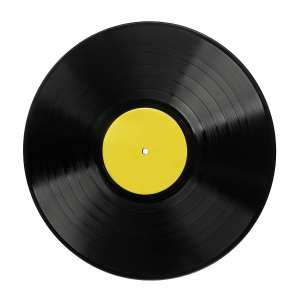
The first category of vinyl listeners won’t necessarily be too concerned about getting the absolute best quality out of their music. An active speaker setup would be ideal for anyone who falls exclusively into this category.
The same goes if you live in a small space, like a dorm room or a small apartment, especially if you’re surrounded by many neighbors and thin walls. An active speaker will be ideal for you. Similarly, if you are on a tight budget and can’t afford to play around with different options too much, again, an active speaker (or speakers) is probably the way to go.
However, if you fall into category number two, and you find that you often buy the latest music on vinyl despite it being more expensive, you will appreciate the ability to squeeze every last bit of quality from your sound system. If this is you, a dedicated amplifier with a good set of passive speakers will serve you well.
It doesn’t even necessarily have to cost too much. There are many places where you can pick up used amplifiers and speakers at very low prices. Just be sure to test everything first before buying, so you can be confident you’re not buying something that’s broken or close to breaking.
Conclusion
Now that you know the facts, you also know that there is no clear answer to the question, as it depends entirely on your needs and desires.
If you are an audiophile or want the best sound quality (or volume) possible, getting passive speakers and a dedicated amplifier for your vinyl turntable is a no-brainer.
For anyone else, an active speaker will probably be more than you will ever need.
If your speakers sound like they are underwater, check out this article to see if you can fix it.
(You can learn why a preamp cannot power a speaker here).
Remember that you should not combine powered mixers with powered speakers – you can learn why here.
You can learn about the differences between turntables and record players here.
